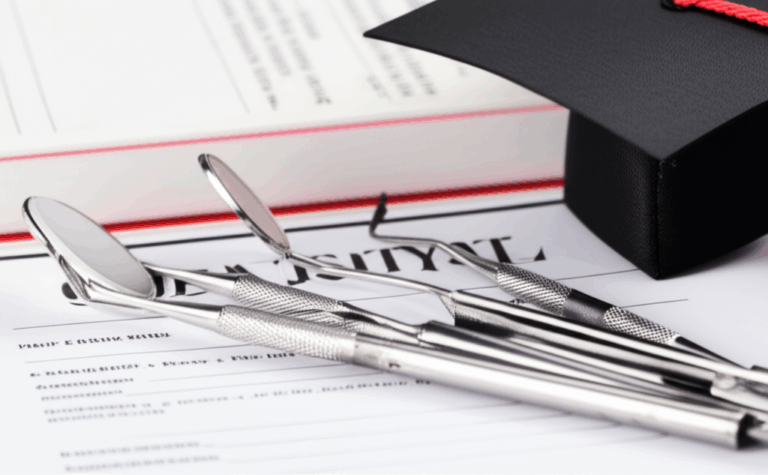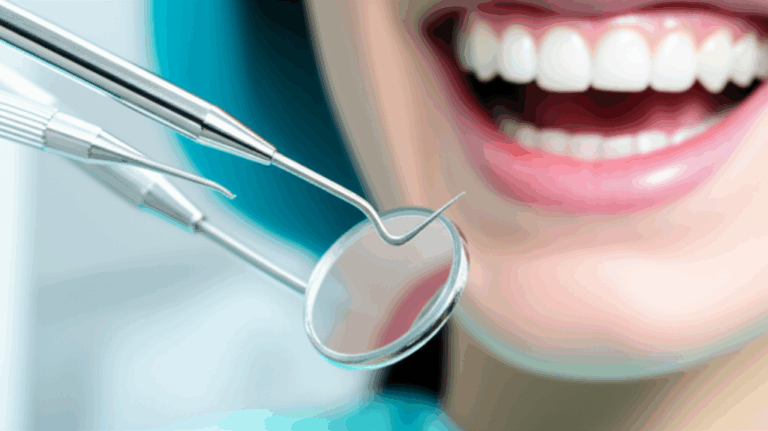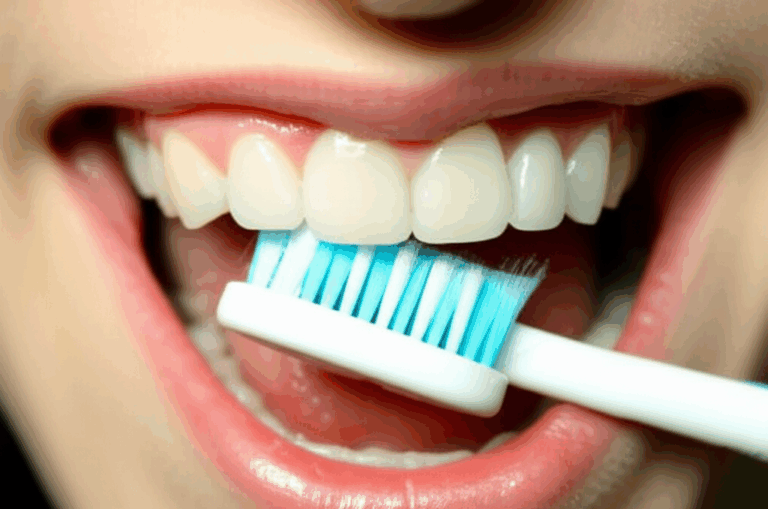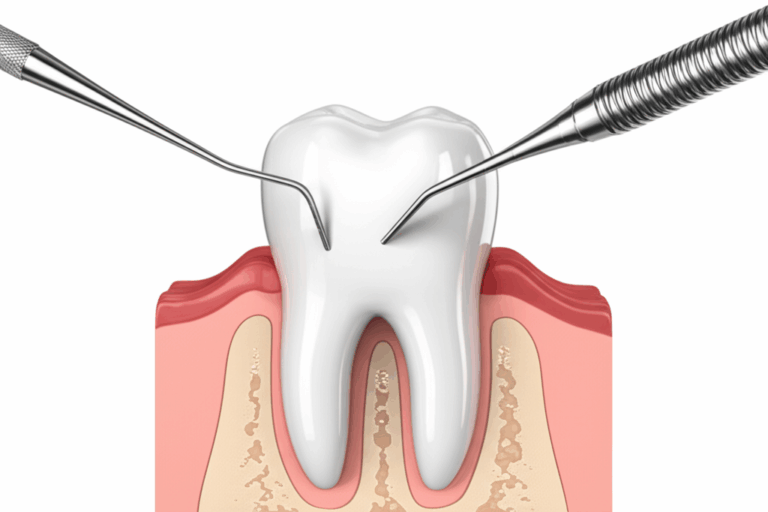
How Many Dentists Are in America? Understanding the U.S. Dental Workforce (2023-2024 Data)
Find out how many dentists are in America, why these numbers matter for everyone, and how they affect your smile and your overall health. This article explains the main facts using real numbers and answers you can trust. If you want to know more about dentists, think about a dental job, or worry about your family’s care—keep reading!
Table of Contents
1. Introduction: Why Should We Care About Dentist Numbers?
To be honest, most people only think about dentists when their tooth hurts! But the number of dentists in America affects everyone, no matter if you’re a parent, a student, or a grandparent. If there aren’t enough dentists in your area, you might have to drive far, pay more money, or wait longer to see one. Healthy teeth and gums are important for your whole body, not just your smile.
I remember living in a small town where the only dentist got sick and closed the office. For weeks, everyone rushed to the closest city for emergencies. It showed me how much we count on dentists, and made me curious to dig into these numbers and share them.
So, let’s look at this: How many dentists do we really have in America, and is it enough for everyone to get care when they need it?
2. What’s the Current Number of Dentists in the U.S.?
Here’s the main question: How many dentists are working now in the USA? The American Dental Association (ADA) Health Policy Institute and the Bureau of Labor Statistics (BLS) say there are about 192,000 dentists working now. If you count all dentists with a license, including those not working, the number is about 204,000.
That sounds like a lot, but when you spread dentists across every state and city, it looks different. About 58 to 60 dentists for every 100,000 people in America. That’s not as big as you might think for such a huge country.
Table: U.S. Dentist Workforce (2023-2024)
| Metric | Data / Estimate | Source/Notes |
|---|---|---|
| Total Licensed Dentists | 203,000 – 204,000 | ADA HPI, BLS |
| Active/Practicing Dentists | ~192,000 | ADA HPI, 2023 |
| General Dentists | ~80% of active dentists | ADA HPI |
| Dental Specialists | ~20% of active dentists | ADA HPI |
| Dentist-to-Population Ratio | 58-60 per 100,000 | ADA HPI, HRSA |
| States with Most Dentists/Capita | MA, CT, MD, NY, OR | ADA HPI, HRSA |
| States with Least Dentists/Capita | MS, AL, AR, OK, TX, FL | ADA HPI, HRSA |
Why do these numbers matter? Because the more dentists there are, the easier it is to get care. But if all those dentists are far away, or there aren’t enough experts, people end up with pain, big bills, and missed days at work or school.
3. Who Are America’s Dentists? (Demographics Explained)
Not all dentists are the same. The people who work as dentists are as different as the country itself—and things are changing fast!
Age and Experience
- The average dentist is around 49 or 50 years old.
- Many dentists born in the baby boomer generation (now in their 60s and 70s) are retiring, opening spots for young dentists but sometimes leaving areas without enough care.
Gender
- About 36-38% of dentists are women, and that number goes up every year. Just 20 years ago, most dentists were men.
- More women in the field means new ideas, more flexible offices, and great role models for the future.
Race and Background
- Dentistry is getting more mixed, but there’s still work to do.
- The ADA and National Center for Health Statistics (NCHS) say most dentists are white, but more Hispanic, Black, and Asian dentists join each year.
This mix of age, gender, and background means dentists can help all kinds of patients. Still, some places—especially small towns—may only have older dentists, making it even more important to train new ones.
4. Where Do Most Dentists Work?
Some places have lots of dentists, while other places are called “dental deserts.” The numbers show big gaps from state to state and city to town.
High-Density Areas
- Massachusetts, Connecticut, Maryland, New York, and Oregon have the most dentists per person.
- In these places, you might see a dentist office on every block in big cities.
Low-Density Areas
- Mississippi, Alabama, Arkansas, Oklahoma, Texas, and Florida have the fewest dentists per person.
- Many people in small towns or country areas have to drive over an hour just to see a dentist.
City vs. Country
Most dentists open their offices in cities or the suburbs. Cities have more patients and higher pay. Country areas struggle. The Health Resources and Services Administration (HRSA) says over 6,000 spots in America don’t have enough dentists. Over 60 million people live in these areas!
Example: Rural Dental Desert
In parts of Mississippi, people might wait months for a dentist or drive for hours. This means more pain, more lost teeth, and worse health. That’s why “dental deserts” are a real problem in health care today.
5. What Kinds of Dentists Are There?
You’ve probably seen a general dentist at a checkup, but dentistry uses a team.
- General Dentists: About 80% of all dentists. They do most cleanings, fillings, and checkups.
- Orthodontists: About 11,000 to 12,000 in the U.S. They fix crooked teeth with braces or aligners.
- Pediatric Dentists: Care for kids; there are 10,000 to 11,000 of them.
- Oral Surgeons: They do surgeries like wisdom teeth removal; 8,000 to 9,000.
- Other Specialists: Endodontists (root canals), periodontists (gums), prosthodontists (special fake teeth), and more.
Specialists have extra training, and if you ever need a tricky treatment, you might meet more than one dentist.
Dental labs are also important. They make things like crowns, bridges, and dentures. High-quality places like a crown and bridge lab work with dentists to make sure each patient gets the right fit. This teamwork keeps care going, even if you’re in a place without specialists.
6. Why Is There a Dentist Shortage in Some Places?
There’s a problem. Even if America has 192,000 dentists, some neighborhoods just can’t get care when it’s needed. This isn’t just about the number; it’s about where those dentists go.
Why Shortages Happen
- Dentists usually pick cities where business is better.
- It’s expensive to start a dental office in small towns.
- Sometimes dentists retire and no one else moves in.
- Poorer places may not have enough people paying for care.
These “dental deserts” are called Health Professional Shortage Areas (HPSAs) by the government.
Why This Matters
If you live in a shortage area, you might:
- Wait months to see a dentist.
- Travel far to find care.
- Pay higher fees since there’s less choice.
- Suffer from painful teeth or gums, and even miss work or school.
What Can Help?
One smart idea? Dental offices can use top labs, like a removable denture lab, to make affordable fake teeth. Also, mobile dental vans and video dentist visits (teledentistry) help bring care to far away places. Lawmakers and schools try to train and send dentists to where they’re needed most.
7. How Do People Become Dentists?
Dentistry is a good but tough career. Here’s how it happens:
The cost is high. Many finish school owing over $200,000 in loans. This can make some dentists avoid lower-income or country areas, where they might earn less.
New dentists also learn with expert lab workers at a digital dental lab to use new materials, 3D printers, and better ways to fix teeth. These teams are important for good care.
8. What Makes Dentists Stay or Leave the Job?
Dentists have hard jobs—they work long hours, see tough cases, and sometimes face money worries.
Why Dentists Stay
- Feeling good about helping people.
- Good pay, especially in busy areas.
- Support from working with groups or good labs makes the job easier.
Why Dentists Leave
- Burnout: too many patients or insurance hassles.
- Retirement for older dentists.
- Wanting a better work-life balance or moving for family reasons.
The ADA says about 46% of dentists still work alone, but more are joining groups or dental companies (now about 54%). This helps share costs and stress, making dentists happier.
9. Are There Enough Dentists for Everyone?
It really depends on where you live.
Shortage or Not?
- In the whole country, we have around 60 dentists for every 100,000 people—close to the expert “target.”
- But in some country or low-income areas, there may be only one dentist for 5,000 people!
Having enough dentists isn’t just a numbers game; it’s about spread.
What’s Next
- The dentist count goes up about 4% each decade—pretty average for health jobs.
- More old dentists retire, young ones join. More dental schools are opening, and more women and people of color become dentists each year.
- Government helps pay for new clinics where dentists are needed, and may help forgive loans for dentists who work in high-need places.
10. How Dentist Numbers Affect Your Health
Oral health is important. Gum problems can lead to heart problems. Bad teeth can make it hard to eat, talk, or even get a job.
The Good Side
- Places with lots of dentists have healthier kids and fewer missed school days.
- Adults in areas with more dentists often keep their teeth for life.
The Bad Side
- Places with few dentists have more tooth problems.
- People without easy dentist visits often wait until pain is really bad. This can mean more health trouble and even emergency room trips.
No matter where you live, working with a good dental team and strong partners—like a dental ceramics lab—means you get better options for crowns, bridges, or repairs.
11. Can Labs and Technology Help With Dentist Shortages?
Yes! Technology is changing dental care fast. Even if your area doesn’t have some experts, you might still get top care.
How Labs Help
- Modern dental labs make crowns, fake teeth, and retainers with digital scans—even for far away offices.
- 3D printing and digital pictures help dentists fix teeth faster, saving time and money.
If you break a tooth in a dental desert, a 3D dental lab can design, print, and ship a custom crown to almost anywhere. This lets even small clinics offer big-city quality with the right lab help.
More Telehealth
- Dentists can now check x-rays or photos online.
- Patients can meet with specialists by video, even if none are close by.
Mixing local care and technology is bringing help to millions.
12. Conclusion: What’s Next for Dentistry in America?
Let’s sum up what we learned about dentists in America:
- The U.S. has lots of dentists, but not everywhere.
- Cities usually make it easy to see a dentist, while country and low-income places still struggle.
- Dentistry is growing more mixed, with more women and minority dentists.
- Dental teams, specialists, and labs like crown and bridge lab, and providers of digital tools, are all part of the solution.
- Lawmakers, schools, and dental groups are working on fixes—like training helper roles, paying for mobile clinics, and supporting digital options.
The future is hopeful, but getting care to all will need more teamwork, more training, and smart use of tech.
Bulleted Summary of Key Points
- There are about 192,000 dentists working in the U.S. as of 2023-2024.
- Most are general dentists; about 20% are experts.
- The average dentist is 49-50 years old, but more new graduates join every year.
- Dentist numbers rise slowly, but some places still have shortages.
- Cities have more dentists; small towns struggle for care.
- Dentists are becoming more mixed in gender and background.
- Dental labs and new tech are making care possible, even in dental deserts.
- Government and dental groups are working to close the gaps, using digital tools and new ideas.
Remember: If you want a healthy smile—no matter where you live—learn about your local dentists, ask about their lab partners, and take care of your teeth. A strong dental workforce means a healthier, happier America for all.
Article checked for accuracy by Dr. Joe Dental, DDS, member of the American Dental Association, 2024.








